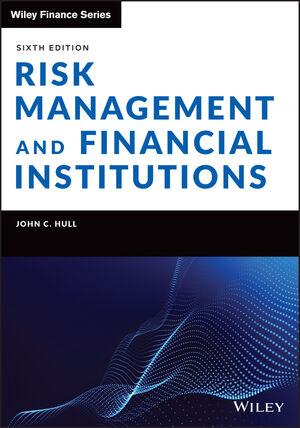please dont do it with excel thank you so much | | |
| | |
| | |

Q2 (22 points) Caterpillar Inc. is the world's largest construction equipment manufacturer. In 2019, it ranked 58 on the Fortune 500 list. This year, Caterpillar's CEO, D. James Umpleby III is considering launching a new model of articulated truck to meet the increasing demand driven by the infrastructure investment by the government. After intensive research by the operational and marketing teams, the following projections are made: (1) The necessary facility (plants and equipment) costs $60 million. After the facility is ready, Caterpillar Inc. can produce and sell the new model of articulated truck over the subsequent three consecutive years. The $60 million cost will be depreciated using straight-line depreciation over the three years of production. (2) After the three years' operation, the facility is expected to have $0 ending book value but $20 million of market salvage value. (3) Caterpillar Inc. forecasts that it can produce and sell 400 trucks per year at $0.5 million per truck. The fixed cost will be $40 million per year and the variable cost will be 0.2 million per truck. (4) The production requires a constant $10 million of net working capital every year. (5) The tax rate is 40%. (6) According to the estimated risk of the project, investors require a 10% return on this project. Please answer the following questions based on the information above: a. (2 Points) If this new project is approved, the production and sales will start in July of this year and last for three years. What is the EBIT per year? b. (2 Points) What is the after-tax market salvage value of the facility? c. (6 Points) Calculate the cash flows on this project and show them in the following timeline table. d. (2 Points) D. James Umpleby III would like to first conduct some basic project evaluation. What is the principal technique that he should use? Under this principal technique, should Caterpillar take this project? e. (3 points) What is the level of variable cost to achieve financial break even? (Hint: financial break-even is zero NPV. Note that you should not ignore taxes.) f. (3 points) Suppose the company needs to finance the project with external capital. The company's target D/E is 0.6. The flotation cost of debt is 3% and flotation







